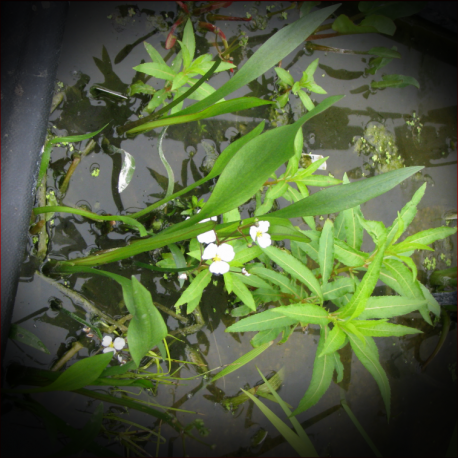More info
Datasheet
| Aquarium Compatible | unknown, see description! |
General Description
The Grass-leaved arrowhead, scientifically known as Sagittaria graminea, is a plant species that has been commonly misidentified as other arrowhead plants within the aquarium hobby. Its true classification is distinct from the plants typically sold under its name, often being confused with Sagittaria weatherbiana. S. graminea is not usually cultivated for aquarium use and may be difficult to find in trade, particularly in European markets. This plant species is characterized by narrow linear to oblanceolate emersed leaf blades and may have rhizomes or corms rather than stolons.
Aquarium Suitability
The suitability of Sagittaria graminea for aquariums remains uncertain due to its limited availability in the trade and its specific growth requirements.
Demands and Hardiness
See table for more detailed information on the demands and hardiness of Sagittaria graminea.
Aquascaping & Usage
Given its unique characteristics and potential scarcity in the aquarium trade, Sagittaria graminea may not be commonly used in aquascaping layouts.
Propagation
The propagation of Sagittaria graminea may differ based on its growth habit, which could involve rhizomes, corms, or other means of reproduction. Further research may be necessary to understand its propagation methods fully.
Habitat and Distribution
In its true form, Sagittaria graminea is found in the eastern and southeastern regions of the United States and southeastern Canada. This species typically grows as perennial plants reaching heights of around 100 cm. Its leaves vary between phyllodial or divided into petiole and blade, with distinct characteristics in both the emersed and submerged phases. The flowering structures of S. graminea consist of racemes with multiple whorls of flowers, both male and female, arranged along erect scapes. The taxonomic classification of related species, such as S. platyphylla and S. weatherbiana, has resulted in historical naming confusion, which has been clarified in more recent botanical studies.

